Way to Save!
Last month I received a terrific question from a subscriber. Since the answer can help everyone I’ve decided to make it the main topic of this month’s newsletter.“There are so many different kinds of savings accounts and so many different institutions to choose from. What kind of institution would you recommend and which type of savings account is best and will pay the most interest?”
First of all, you must understand that there are several reasons for saving money:
- Emergencies
- Large purchases
- Future goals (children’s college, retirement, etc)
I’ll explain the last one first. Long-term savings is for goals that are at least 5 years away. You could be planning for retirement, kids college education, a child’s wedding, etc. No matter what the long-term savings is for, the general rule should be that you save it in mutual funds, stocks, etc only if you know you won’t need the money for at least 5 years. The reason behind this is volatility in the stock market. Over long periods of time the stock market is a great way to save for future endeavors. You could see 10%, 12% or more in returns. But if you need your money in a relatively short period of time you don’t want to pull funds out of the market during a potential down period. Historically speaking, the stock market is a great way to invest for your future but you will have ups and downs so be prepared. Understanding your risk tolerance and time horizon is critical to your long-term investment strategy.
A large purchase is something that will take less than 5 years to save for. That means you are saving in a more stable type of account because you don’t want to run the risk of volatility in the market with money you will use soon. Large purchases include: cars, household furniture, major car repairs, vacations, planned medical expenses, appliances, home down payment, etc. I recommend saving for these items in a money market account. Money market accounts typically earn more interest than the average savings account. Basically if you don’t need it right away and the total amount you must spend won’t fit into your monthly budget then you must begin a regular savings for it until the amount you need is available IN CASH!
Saving for an emergency is vital and the critical first step in everyone’s financial plan. You must keep $1,000 in the bank before beginning your debt reduction plan. Once you have the $1,000 saved you move on to getting rid of all your debt except your mortgage. Next you increase your $1,000 emergency fund to 3-6 months of expenses. Here again I recommend using a money market account to save. You earn higher interest, retain your principle deposits, can withdraw at any time, etc. Some banks offer check writing privileges for minimum amounts. You may need to keep a minimum balance, but this is savings right? You want a minimum saved! There usually are limitations on how many times you use the account, but the idea here is that you aren’t treating this account like a checking account. There shouldn’t be an emergency or large purchase several times each month.
There are tons of banks to choose from when opening an account. Online banking is making it much easier to sock away cash without leaving the comfort of your home. Check out www.bankrate.com for rate comparisons between accounts. Make it a priority to save and your money will begin working for you! Then later you don’t have to work so hard for your money!
